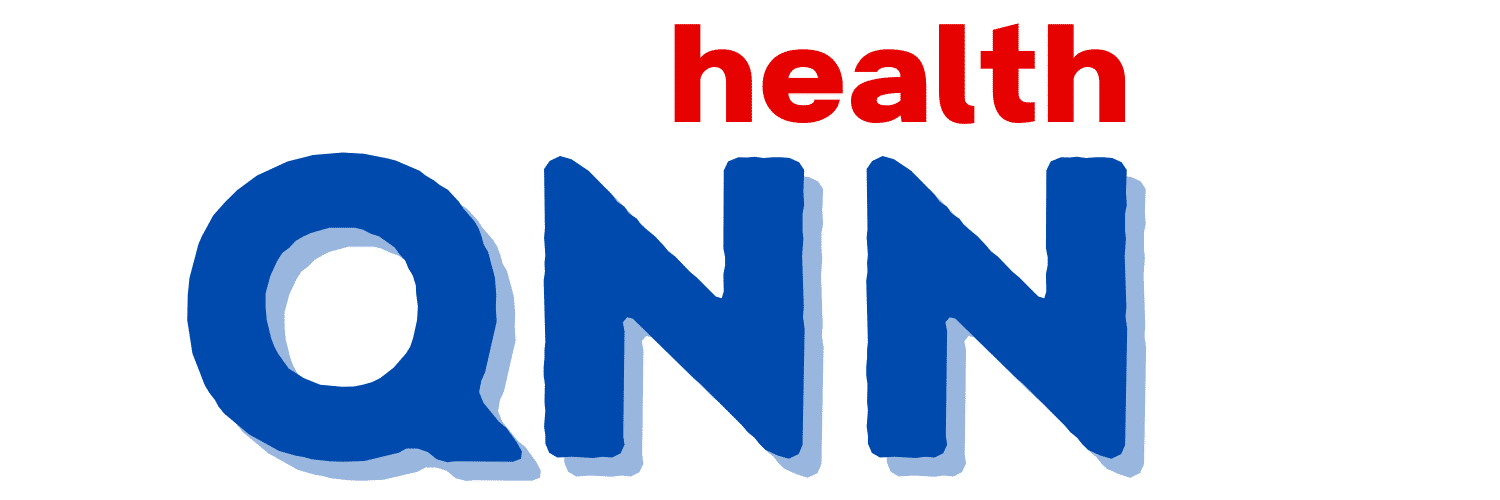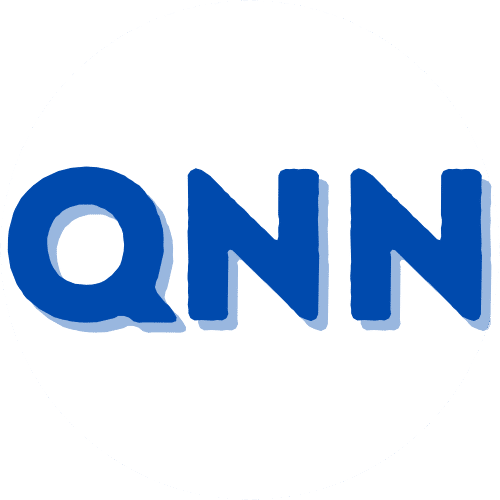What You Must Know About drug approval
- 1.1. Phase 1: Safety and Dosage.
- 2.1. Phase 2: Efficacy and Side Effects.
- 3.1. Phase 3: Confirmation and Monitoring.
- 4.1. Efficacy:
- 5.1. Safety:
- 6.1. Adverse Event:
- 7.1. Placebo:
- 8.1. Clinical Trial:
- 9.1. NDA (New Drug Application):
- 10.1. Post-Market Surveillance:
- 11.1. Personalized Medicine:
- 12.1. Accelerated Approval Pathways:
- 13.1. Real-World Evidence:
- 14.1. The Cost of Drug Development:
- 15.1. The Time it Takes to Approve a Drug:
- 16.1. The Potential for Bias:
- 17.1. The Role of Placebos:
Table of Contents
What You Need to Know About Drug Approval: A Doctor's Perspective
As a medical professional, I often encounter questions about how new medications become available. The process, known as drug approval, is a complex and rigorous undertaking designed to ensure that the medicines we use are both safe and effective. This article will break down the key stages of drug approval, offering a clear understanding of this critical process.
The journey of a new drug from the laboratory to the pharmacy shelf is a long and winding one, typically spanning many years and involving significant investment. It's a process that prioritizes patient safety above all else. The regulatory bodies, such as the Food and Drug Administration (FDA) in the United States, play a crucial role in overseeing this process, ensuring that all necessary steps are followed.
The Preclinical Phase: Laying the Foundation
The drug approval process begins with the preclinical phase. This is where the initial research and development take place. Scientists identify potential drug candidates, often based on a specific disease or medical need. These candidates are then tested in the laboratory, using cell cultures and animal models. The primary goals of this phase are to:
- Assess the drug's potential efficacy (how well it works).
- Evaluate its safety profile (potential side effects and toxicity).
- Determine the appropriate dosage and administration methods.
This phase can take several years, and many potential drug candidates fail at this stage. Only those that show promising results in preclinical studies move on to the next phase.
Clinical Trials: Testing in Humans
If a drug candidate successfully completes the preclinical phase, it enters the clinical trial phase. This is where the drug is tested in humans. Clinical trials are conducted in phases, each with a specific purpose and involving a different number of participants. The phases are:
- Phase 1: Safety and Dosage. This phase typically involves a small group of healthy volunteers (20-80 people). The primary goal is to assess the drug's safety, determine the appropriate dosage range, and identify any potential side effects.
- Phase 2: Efficacy and Side Effects. This phase involves a larger group of patients (100-300 people) who have the disease or condition the drug is intended to treat. The focus is on evaluating the drug's efficacy (how well it works) and further assessing its safety profile, including identifying any common side effects.
- Phase 3: Confirmation and Monitoring. This phase involves a large group of patients (1,000-3,000 people or more) and is designed to confirm the drug's efficacy, monitor side effects, and compare the drug to existing treatments or a placebo (an inactive substance). This phase often involves multiple clinical trials conducted at different sites.
Throughout the clinical trial phases, data is meticulously collected and analyzed. This data includes information on the drug's effectiveness, side effects, and any potential risks. The FDA or other regulatory bodies closely monitor the clinical trials to ensure that they are conducted ethically and that the safety of the participants is protected.
The New Drug Application (NDA) and Review
If the results from the clinical trials are positive, the pharmaceutical company submits a New Drug Application (NDA) to the FDA. The NDA is a comprehensive document that includes all the data collected during the preclinical and clinical trial phases. It also includes information on the drug's manufacturing process, proposed labeling, and other relevant details.
The FDA then reviews the NDA. This review process is thorough and can take several months or even years. The FDA's review team, which includes physicians, pharmacologists, chemists, and other experts, carefully examines all the data to determine whether the drug is safe and effective for its intended use. The FDA may also conduct its own inspections of the manufacturing facilities to ensure that the drug is produced according to quality standards.
During the review process, the FDA may request additional information from the pharmaceutical company. They may also convene advisory committees of outside experts to provide additional input. If the FDA determines that the drug meets the necessary standards for safety and efficacy, it will approve the NDA. This means the drug can be manufactured and marketed in the United States.
Post-Market Surveillance: Ongoing Monitoring
Even after a drug is approved and available to the public, the drug approval process doesn't end. The FDA continues to monitor the drug's safety through post-market surveillance. This involves:
- Collecting and analyzing reports of adverse events (side effects) from healthcare professionals and patients.
- Conducting post-market studies to gather additional information about the drug's long-term effects.
- Inspecting manufacturing facilities to ensure continued compliance with quality standards.
If new safety concerns arise, the FDA may take action, such as issuing warnings, requiring changes to the drug's labeling, or, in rare cases, even removing the drug from the market.
The Importance of Drug Approval
The drug approval process is essential for protecting public health. It ensures that the medicines we use are safe and effective, and that the benefits of a drug outweigh its risks. While the process can be lengthy and complex, it is a necessary safeguard that helps to prevent harm and improve patient outcomes.
The drug approval process also fosters innovation. By providing a clear pathway for drug development and approval, it encourages pharmaceutical companies to invest in research and development, leading to the discovery of new and improved treatments for a wide range of diseases.
Understanding the Terminology
Navigating the world of drug approval can be challenging due to the specialized terminology. Here are some key terms to understand:
- Efficacy: The ability of a drug to produce the desired effect.
- Safety: The assessment of the potential for a drug to cause harm.
- Adverse Event: Any undesirable effect caused by a drug.
- Placebo: An inactive substance used as a control in clinical trials.
- Clinical Trial: A research study involving human participants to evaluate the safety and effectiveness of a drug.
- NDA (New Drug Application): The formal application submitted to the FDA to request approval to market a new drug.
- Post-Market Surveillance: The ongoing monitoring of a drug's safety after it has been approved and is available to the public.
The Role of the Physician
As a physician, I play a crucial role in the drug approval process, even after a drug is approved. I am responsible for:
- Staying informed about new drugs and their potential benefits and risks.
- Prescribing drugs appropriately, taking into account the patient's individual needs and medical history.
- Monitoring patients for side effects and adverse events.
- Reporting any adverse events to the appropriate authorities.
My commitment to patient safety extends beyond the prescription pad. I am also an advocate for evidence-based medicine, which means I rely on the best available scientific evidence to guide my clinical decisions. This includes staying up-to-date on the latest research and clinical trial results.
The Future of Drug Approval
The drug approval process is constantly evolving. Advances in technology and scientific understanding are leading to new approaches to drug development and evaluation. Some of these advancements include:
- Personalized Medicine: Tailoring treatments to individual patients based on their genetic makeup and other factors.
- Accelerated Approval Pathways: Expediting the approval process for drugs that treat serious or life-threatening conditions.
- Real-World Evidence: Using data from electronic health records and other sources to evaluate the effectiveness of drugs in real-world settings.
These advancements have the potential to make the drug approval process more efficient and effective, while still ensuring patient safety.
The Ethical Considerations
The drug approval process is not just a scientific endeavor; it also involves ethical considerations. It is essential to ensure that:
- Clinical trials are conducted ethically, with the informed consent of all participants.
- Patients are treated with respect and dignity.
- The benefits of a drug outweigh its risks.
- The drug is accessible to those who need it.
These ethical considerations are paramount in the drug approval process, and they guide the decisions of regulatory bodies, pharmaceutical companies, and healthcare professionals.
The Impact of Drug Approval on Patient Care
The drug approval process has a profound impact on patient care. It ensures that patients have access to safe and effective medications that can improve their health and well-being. It also helps to prevent harm from unsafe or ineffective drugs.
The availability of new drugs can transform the lives of patients with serious or life-threatening conditions. For example, new cancer therapies have significantly improved survival rates and quality of life for many patients. New treatments for chronic diseases, such as diabetes and heart disease, can help patients manage their conditions and live longer, healthier lives.
The Challenges and Controversies
Despite its importance, the drug approval process is not without its challenges and controversies. Some of the key issues include:
- The Cost of Drug Development: Developing new drugs is expensive, and the high cost can make it difficult for some patients to access the medications they need.
- The Time it Takes to Approve a Drug: The drug approval process can be lengthy, which can delay access to potentially life-saving treatments.
- The Potential for Bias: There is always the potential for bias in the drug approval process, whether it is from pharmaceutical companies, regulatory bodies, or healthcare professionals.
- The Role of Placebos: The use of placebos in clinical trials can be controversial, as some patients may not receive the active treatment.
These challenges and controversies highlight the need for ongoing efforts to improve the drug approval process and ensure that it is fair, transparent, and effective.
Conclusion
The drug approval process is a complex but essential undertaking that safeguards public health. It is a rigorous process that involves multiple stages, from preclinical research to post-market surveillance. While challenges and controversies exist, the drug approval process remains a cornerstone of modern medicine, ensuring that patients have access to safe and effective medications. As a physician, I am committed to staying informed about new drugs and their potential benefits and risks, and to providing my patients with the best possible care.
Disclaimer: This article is for informational purposes only and should not be considered medical advice. Always consult with your healthcare provider for any health concerns or before making any decisions related to your health or treatment.


✦ Tanya AI